how many cfm's do i need?
plumberry
13 years ago
Related Stories

KITCHEN APPLIANCESThe Many Ways to Get Creative With Kitchen Hoods
Distinctive hood designs — in reclaimed barn wood, zinc, copper and more — are transforming the look of kitchens
Full Story
ARCHITECTURECity View: Atlanta's Design Style Warms to Many Tastes
Outdoor living and hospitality? Of course. But Atlanta's architecture and interior designs express much more than just traditional notions
Full Story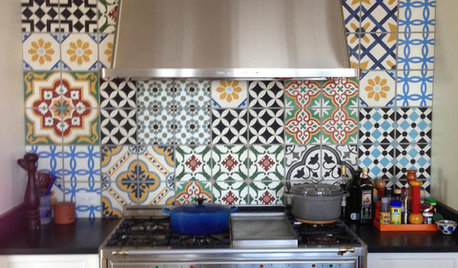
TILESo Many Reasons to Love Cement Tiles
You’ll notice their beautiful patterns right away, but cement tiles have less obvious advantages too
Full Story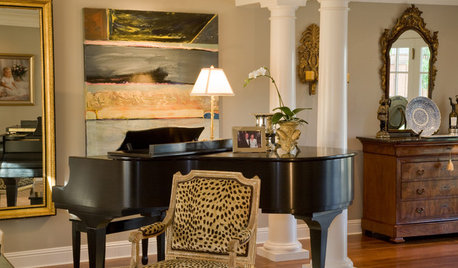
The Many Moods of Leopard
Add a Little Big-Cat Print for a Touch of Luxury, Playfulness, and Surprise
Full Story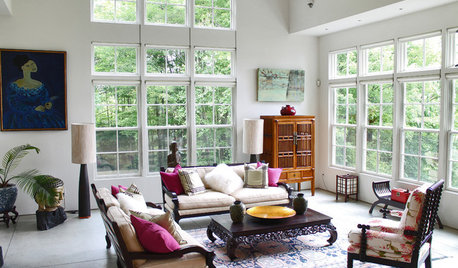
HOUZZ TOURSMy Houzz: Many Styles Meld Handsomely in a Vermont Countryside Home
With a traditional exterior, a contemporary interior and lots of Asian furniture, this home goes for the element of surprise
Full Story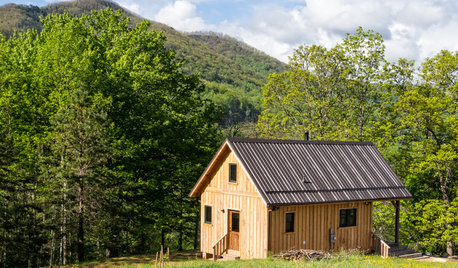
HOUZZ TOURSHouzz Tour: 10 Acres, 3 Generations and Many Animals in North Carolina
Check out a throwback-style cabin that celebrates simplicity, reclaimed materials and family
Full Story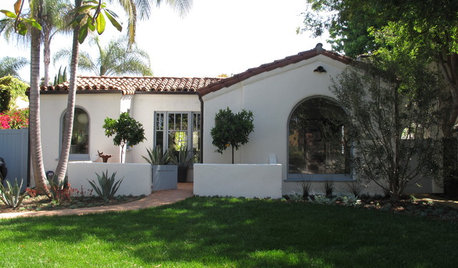
ARCHITECTURERoots of Style: Many Cultures Make Their Marks on Mediterranean Design
If you live in California, Florida or certain other parts of the U.S., your architecture may show distinct cultural influences
Full Story
WINDOW TREATMENTSThe Many Reasons to Embrace Sheer Curtains
Use their timeless look to soften busy patterns, divide rooms, balance asymmetrical windows and more
Full Story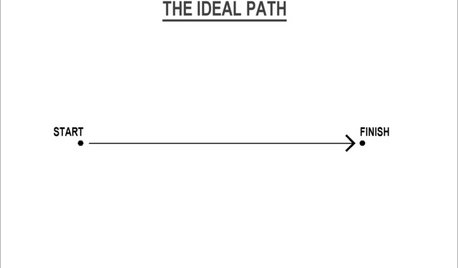
MOST POPULARThe Many Paths of Design, Part 1
Blame engineering issues, unforeseen revisions or even the Internet. As these diagrams show, it's probably not your fault
Full Story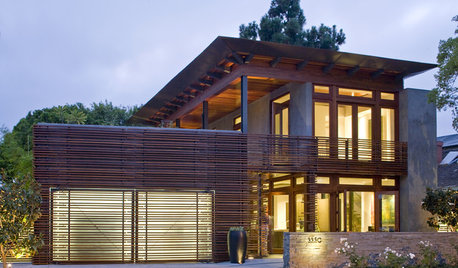
GARAGESDesign Workshop: The Many Ways to Conceal a Garage
Car storage doesn’t have to dominate your home's entry. Consider these designs that subtly hide the garage while keeping it convenient
Full Story





weissman
friedajune
Related Professionals
Amherst Kitchen & Bathroom Designers · Baltimore Kitchen & Bathroom Designers · Bethpage Kitchen & Bathroom Designers · Rancho Mirage Kitchen & Bathroom Designers · Chandler Kitchen & Bathroom Remodelers · Glendale Kitchen & Bathroom Remodelers · Kuna Kitchen & Bathroom Remodelers · Lakeside Kitchen & Bathroom Remodelers · Pico Rivera Kitchen & Bathroom Remodelers · Placerville Kitchen & Bathroom Remodelers · South Barrington Kitchen & Bathroom Remodelers · Wilson Kitchen & Bathroom Remodelers · Phillipsburg Kitchen & Bathroom Remodelers · Farmers Branch Cabinets & Cabinetry · Glendale Heights Cabinets & Cabinetryfun2cook
plumberryOriginal Author
friedajune
amcook
aprince
weissman
jakvis
amcook
plumberryOriginal Author
monkeymo
kaseki
fun2cook
shannonplus2
aprince
amcook
antss
fun2cook
kitchendetective
aprince
amcook
dhs2005
fun2cook
HU-21500409
kaseki